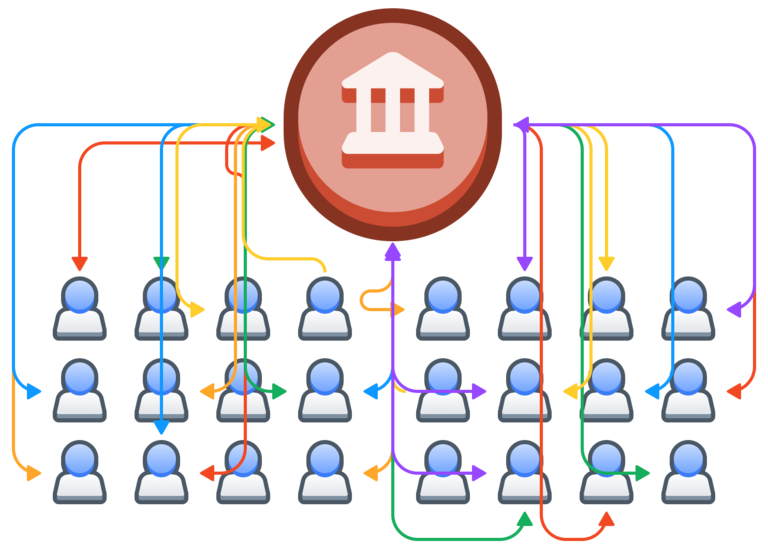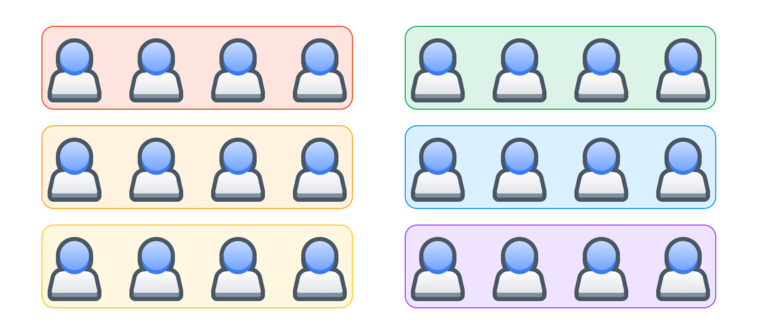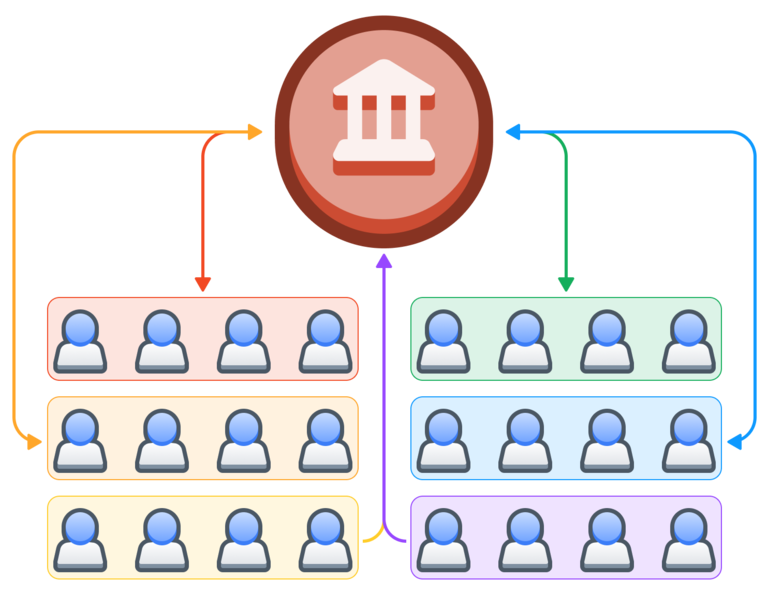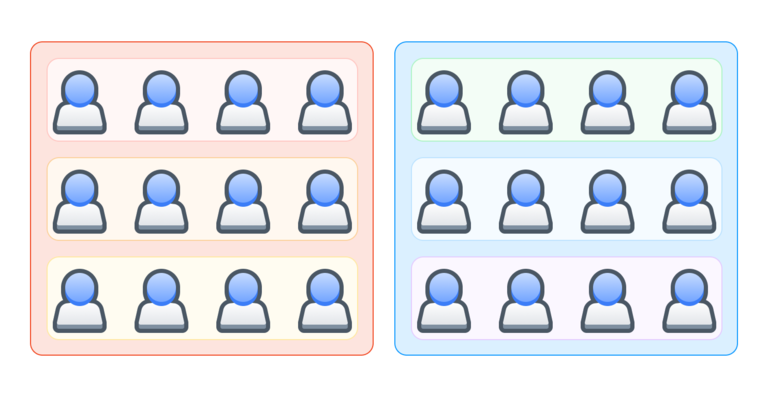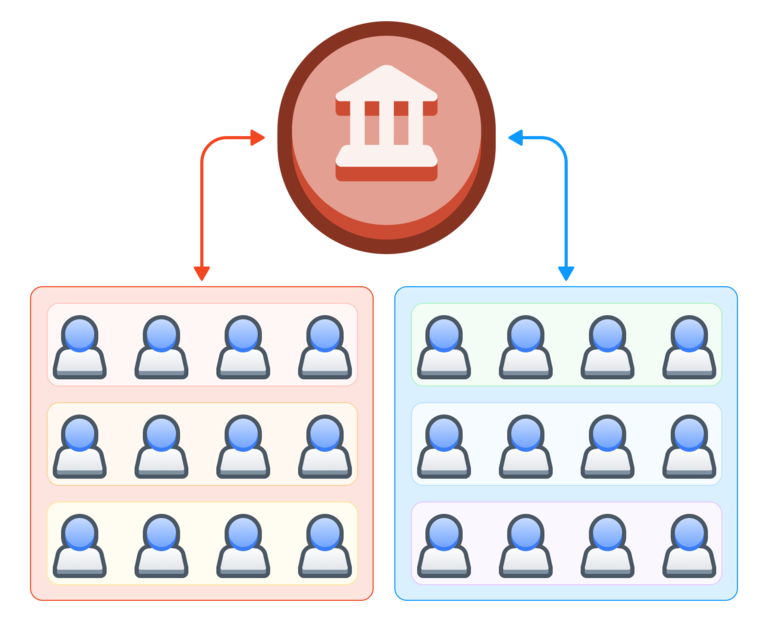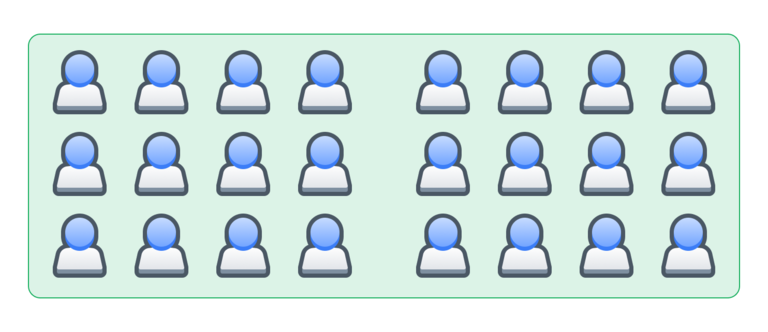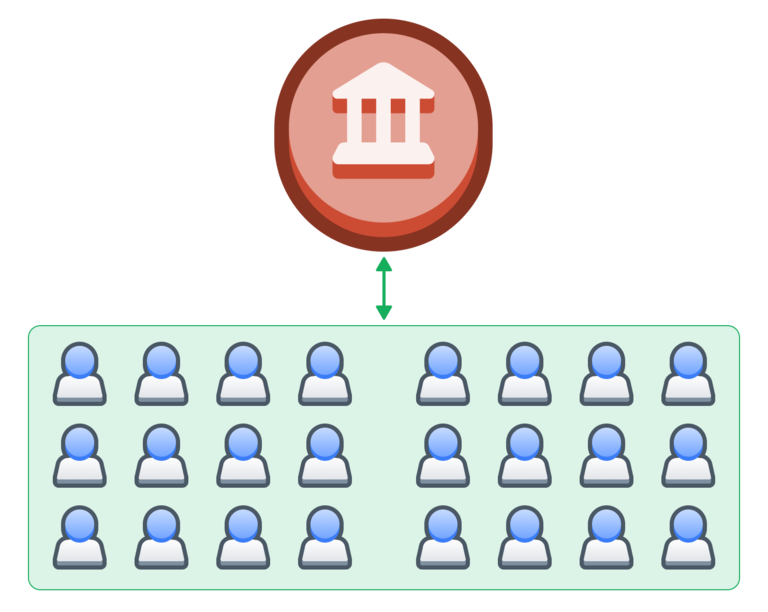Many of us have grown up in fiercely anti-union cultural environments. These early experiences guide our beliefs about the role of unions in society throughout our lives. It's time for us to understand this and re-examine those beliefs with a critical perspective.
So long dental plan
For many of us, our first encounter with the concept of a union was Last Exit To Springfield. This is rightly one of the most beloved classic Simpsons episodes ever made. It's a great story and it's packed with big laughs. It's also brimming with anti-union messages. Here's a clip.
In less than 30 seconds it portrays the union as corrupt, violent, feckless, stupid and ineffective. Even the eventual victory is a skin-of-the-teeth retention of the status quo that's only secured through luck. It's ahistorical and wrong. It certainly doesn't reflect lived experiences of workers in Sweden where union membership has been in the 65% - 80% ballpark for decades, powering world-leading productivity and happiness simultaneously.
We grew up watching this stuff, and our employers did too. Those experiences shape our beliefs just as they shape those of our employers. We're accustomed to seeing our employers as authority figures and as domain experts in their field of business, so when they reflect those same early cultural influences back at us during the early stages of unionisation it can be very demoralising.
It's critical that we're consciously aware during those conversations that our employers' domain expertise ends at the boundaries of their field of business. Employers are generally not amateur historians of the labour movement. We can and should feel a strong sense of empathy with them when they share their worries about a change they've been taught since birth to fear.
What we don't owe them is to assign a false sense of authority to the things they say about this topic. We can listen, empathise, then push it from our minds and form our own opinion based on the observable reality around us. For those of us in Sweden, that reality is consistently high quality of life rankings and over two thirds union membership.
Stories that don't go anywhere
In my very first job after graduating from university we got to leave early on Friday afternoons, and let me tell you, it was fucking fantastic. Half of us went directly from the office to the nearest pub where we'd stay until we were almost too drunk to stand.

If we'd made moves towards unionising there, they'd have undoubtedly pointed to those Friday afternoons as something that may only have been possible thanks to the flexibility of their carte blanche authority over the terms and conditions of work.
Thing is, the employers in this case benefited from that policy too. They loved leaving early on Friday, and on more than one occasion they even followed us to that pub. Under a collective bargaining agreement they'd have had every right to propose that policy during the negotiation period. But they might not have known that, and their cultural biases would have filled in that knowledge gap with anxiety. Then they'd have presented that anxiety to us as if it was an authoritative warning.
And as fun as it was getting blackout drunk by 5pm on Fridays with the bosses, if we’d had a proper channel of communication for negotiating about the terms and conditions of work, we might have suggested that a pension scheme was a more urgent need. Employers and workers tend to have quite different incentives and experiences like that. And if workers don’t talk among themselves and organise a coherent, unified negotiation, we leave employers to fill in that gap with guesses informed by their vastly different lives.
You can like your boss on a personal level and also believe you understand your own needs better than they do. You can feel gratitude for their generosity while acknowledging it could be harnessed more effectively through proper negotiation.
We have similarly generous terms governing working time at my current job. And just like at my first job, our employers here love those policies too and benefit greatly from them. It would be understandable for them to issue a few anxiety-driven "warnings" in the coming months and we should be mindful to correctly interpret those as well-meaning but misguided.
The decision making process about the terms and conditions of work will be strengthened - not weakened - by the meaningful inclusion of workers in those decisions. If you've experienced the guilt-laden cognitive dissonance of knowing that your compensation is good but simultaneously wishing it was different, what's missing from your life is collective bargaining. Without collective bargaining the amount of negotiating flexibility available to you is approximately zero. Don't allow yourself to be demoralised by these "flexibility" and "innovation" stories that don't go anywhere.
Imagine a business transaction. Maybe a CEO is negotiating new terms with an important supplier. The supplier offers to handle both sides of the negotiation and promises the CEO better terms in exchange for this concession. Patently ridiculous, right? This is the offer we're accepting by choosing not to negotiate collectively on our own behalf. Even if the CEO's lifelong best friend is in charge at the supplier, it's an offer they'd refuse anyway as it'd set a precedent that would be difficult to change later if either of them moved to a new company.
It was the best of times, it was the blurst of times
Speaking of CEOs leaving companies, today is exactly one year since November 28th 2021, which was the last ever normal Sunday for the employees of Twitter. As far as they knew, everything was wonderful and would be wonderful on Monday too. If you'd asked them about unionising that weekend, they might have suggested that they didn't need to because things were so good. The next day, Jack Dorsey resigned, setting in motion a chain of events leading to mass layoffs and significantly worse working conditions for those left behind.
Would an identical company with a strong union have been such an attractive hostile takeover target for a CEO with those intentions? Could that union have influenced the outcome of the takeover bid through industrial action? Might they have been able to offer some resistance to the onslaught of ultimatums and dictates regarding working conditions? Perhaps we can make an educated guess based on Elon Musk's long established opposition to unions.

The best time to join a union is when things are good. To do so is to recognise that things are good, and that it's worth taking steps to protect what you and your employer have built together. At its best, signing a collective agreement is an act of deep mutual respect.
The worst time to join a union is when it's too late to make a difference because you waited for a crisis. In Jane McAlevey's A Collective Bargain, she refers to this scenario as a "hot shop".
The employer did something horribly wrong, which enraged a majority of workers pretty much overnight, and they rushed into a drive to organize. Most hot shop efforts in our current climate end up similar to Winmore's: they fail, despite the agitation ("heat") for a union.
Even if they'd begun to organise on November 29th, the workers at Twitter might have been too late to stop what happened to them. From what I've heard it sounds like they'd built a really special culture there, and now it's been destroyed. Obviously it feels quite far fetched to imagine that happening at any of the companies where the rest of us work. It would have seemed far fetched at Twitter too.
The idea that unionisation is primarily a crisis response tactic is a widespread cultural trope. It's incorrect. Unions make good companies better.
They have the plant but we have the power
Will you work at your current job for the rest of your career? Are you sure? How sure? As sure as those engineers at Twitter were a year ago?
If there's a particular innovative policy that you like at your current job, then the rational thing for you to do is to use the power available to you via the labour movement to help that policy spread throughout society at large. In Sweden there's a well-defined process for this. For next year, they're prioritising a higher-than-normal wage increase and further expansion of the flexible pension system.
Offering unique one-of-a-kind benefits is in your employer's interest because scarcity increases their power in their relationship with you. Improving the terms and conditions of work in general across society is in your personal interest as a worker because it decouples your basic quality of life from the randomness of the financial markets. This is the mindset that keeps Sweden at the top end of those "happiest country in the world" lists.
Is it possible you may have conflated your employer's interests with your own? Do you want a unique one-of-a-kind dental plan that vanishes from your life forever when you're laid off in the next financial crisis, or do you want that same dental plan to be table stakes for all employers so that you can keep it in your next job?

The idea that unions are primarily a tool for workers with weaker leverage at the lower end of the compensation scale is culturally widespread. It's a key reason behind the low union membership in the tech industry. It's incorrect. The basic laws of physics are the same for all workers regardless of how many ping pong tables are at their employer's headquarters.
There's no amount of individual brilliance and luck that can overcome global macroeconomic forces. Even those world-class engineers who've taken the time to master that whole LeetCode interview rat race and gotten into Facebook are being laid off in their thousands now.
If you're a software engineer wanting to secure your current quality of life for the future, you could grind LeetCode for a few months and passively hope you come out of the recession lucky. Or you can do something with some actual impact and join a union now.

